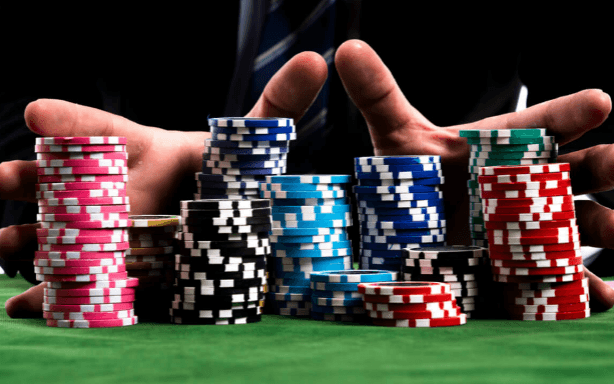When it comes to casino games, the concept of the “house edge” plays a significant role in determining your odds of winning and the casino’s profitability. This mathematical advantage represents the percentage of money the casino expects to win over the long run. Understanding the house edge is crucial for players seeking to make informed decisions about their bets and improve their chances of walking away with a win. In this blog post, we’ll explore the concept of the house edge and its implications in various casino games.
What is the House Edge?
The house edge is a built-in advantage that casinos hold over players in any given casino game. Expressed as a percentage, it indicates the casino’s expected profit from each bet made by players. For instance, if a game has a house edge of 5%, the casino anticipates winning $5 for every $100 wagered by players.
Understanding House Edge in Casino Games
- Blackjack: 0.5% to 1.5% House Edge Blackjack is renowned for having one of the lowest house edges among casino games. The slight advantage the casino holds over players is due to the dealer having the last action in the game, enabling them to make decisions that favor the house. By adopting a strategic approach and following basic blackjack principles, players can reduce the house edge to as low as 0.5%, significantly improving their winning potential.
- Roulette: 2.70% to 5.26% House Edge Roulette offers different variations with varying house edges. In European roulette, which features a single zero pocket, the house edge is 2.70%. However, American roulette, with an additional double zero pocket, increases the house edge to 5.26%. To maximize your odds, opt for European roulette whenever possible.
- Craps: 1.4% to 1.41% House Edge Craps is a popular dice game with a relatively low house edge. The house edge varies depending on the type of bet placed. Bets on the pass/don’t pass line have a house edge of 1.4%, while bets on the come/don’t come line have a slightly higher house edge of 1.41%.
- Slots: 1% to 12% House Edge Slots come in various formats and themes, and their house edges can vary significantly. Classic slots with fewer reels and paylines typically have a lower house edge, while progressive jackpot slots may have a higher house edge due to the potential for massive payouts.
Making the Most of the House Edge
While the house edge is an inherent aspect of casino games, players can take certain measures to improve their odds and minimize losses:
- Learn the Rules and Optimal Strategies: Familiarize yourself with the rules and strategies of the games you play. A solid grasp of the game’s mechanics allows you to make more informed decisions and potentially reduce the house edge.
- Choose Games with Low House Edge: Seek out games with a lower house edge, such as blackjack or certain bets in craps, to increase your chances of winning.
- Set a Budget: Establish a gambling budget and stick to it. Responsible bankroll management helps control losses and ensures that your gaming experience remains enjoyable.
Conclusion
Understanding the concept of the house edge is vital for every casino player. It serves as a reminder that, over time, the odds are typically stacked in favor of the casino. However, with strategic gameplay, selecting games with lower house edges, and responsible gambling practices, players can enhance their chances of success and make the most of their casino experience. Remember, knowledge is power, and being informed about the house edge empowers you to make wiser decisions at the gaming table.
